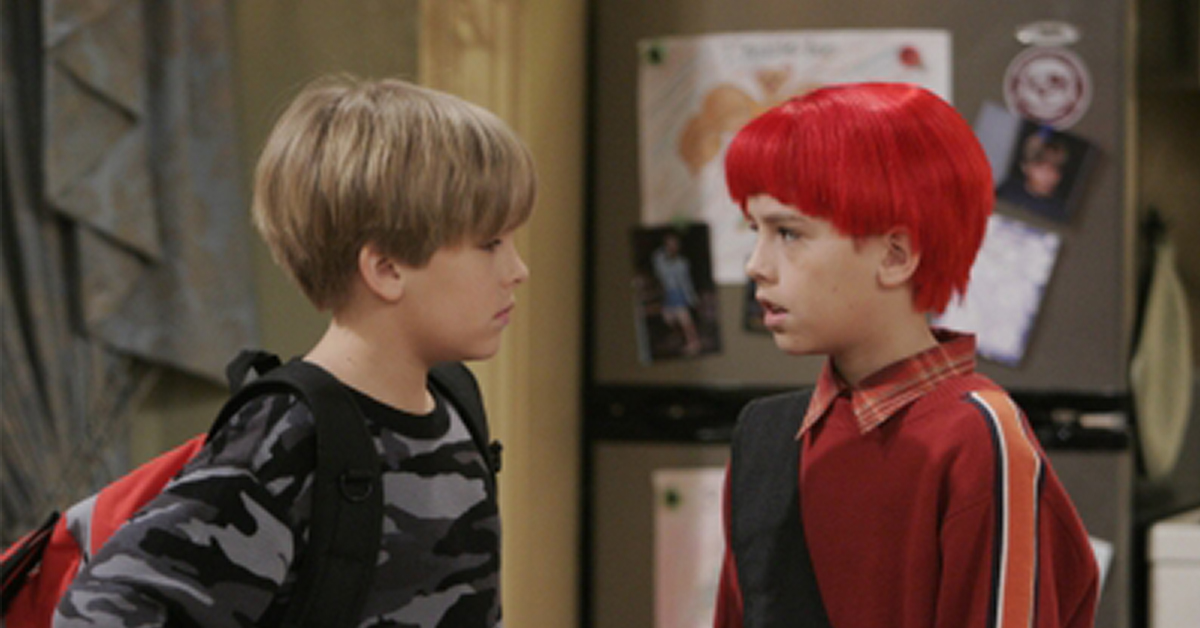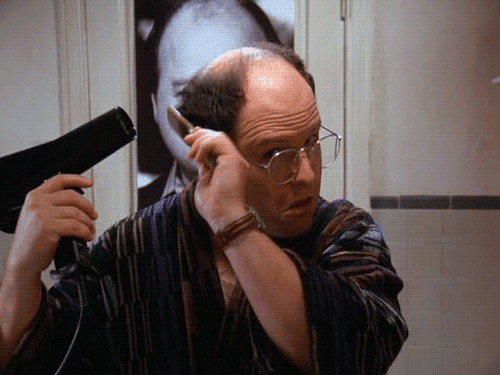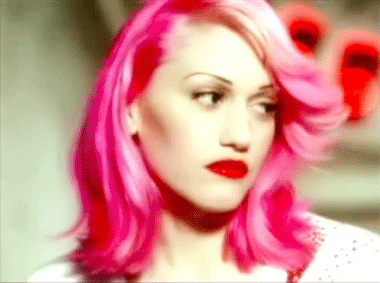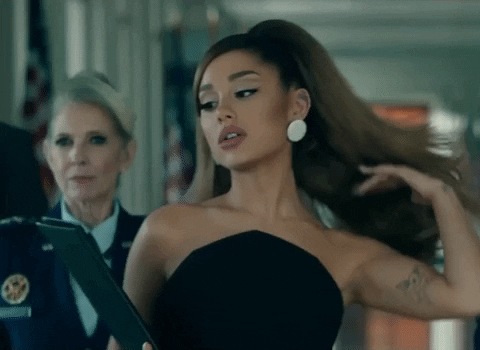
If you spent the majority of the 2000’s trying your best to look like Gerard Way in every way possible, you’re probably guilty of damaging a few hair strands here or there. This is also most likely the case if you managed to give yourself an at-home cut and colour during iso last year. And look, I don’t blame you – sometimes reaching for that box of hair dye you’ve had sitting in your bathroom for 3 years and coming out on the other side with a fresh do is the only thing that’ll cure boredom.
Unfortunately, hair doesn’t just miraculously repair itself without a bit of TLC. Much like our skin and body, our hair needs the help of various nutrients found in natural products (like Sukin’s range of good stuff), a combo of the right ingredients and constant examination of whether our routines are working.
So, because I know my scalp is screaming out for some semblance of serenity (and don’t lie, yours probably is too), we had a chat with Vasilia Argiropoulos of Newtown’s Audrey & Him Salon about how our at-home bleach jobs, scene fringes and more damaged our strands – and what you can to help restore some health in ya locks.
PTV: What does a healthy hair routine look like to you?
Vasilia Argiropoulos: The biggest tip here would be don’t over shampoo. You would be surprised at how much natural good stuff you’re stripping out. Especially now in summer (if you’re swimming a lot) try just rinsing your hair when you get home and follow with a hydrating conditioner or treatment.
If you experience oily hair or dandruff breakouts, keep a deep cleansing shampoo in the shower, oil-based is the way to go.
PTV: We were all guilty of using a 2 in 1 shampoo back in the day – what sort of problems does that cause for the hair? What essential ingredients should we be looking out for in products that nourish the hair?
VA: Ah yes, the good old 2 in 1. The problem with these is that they’re not doing enough to cleanse and/or hydrate/sealing the hair.
Usually whatever is happening on your scalp is very different to the condition and quality at the ends of your hair, so you must be tailoring your shampoo to the needs of your scalp, and your conditioner and treatments to your mid-lengths and ends. In most clients, those who colour treat their hair need something a lot more hydrating for the conditioner.
As I previously stated, oil-based products are preferable. By having oils such as olive oil, jojoba oil and my favourite Camellia oil in your hair care range, you are basically reinforcing what is already there.

PTV: What’s the best way to protect your hair if you’re straightening it daily?
Always use a leave-in product to apply to the hair after washing/rinsing; this falls into your basic hair routine. Most salon leave-in products have a UV protectant in them, protecting your hair from heat products as well as the sun. You can usually check this on the back of the product or ask your hairstylist.
PTV: 40vol bleach is a 2000s fever dream – what sort of damage would home dye/bleach jobs have on the hair?
VA: Can I say that any at-home bleach attempt is a bad idea? No matter the level of peroxide, don’t do it, people! It comes down to the application. If you are not applying the colour correctly and you overlap onto previously coloured hair, you run the risk of over-processing areas that don’t need colour, which is what leads to dryness and breakage.
Not to mention that hefty wallet damage you cop when you come into the salon for colour correction.
PTV: What are the best ways of keeping the hair healthy after getting a fashion-colour dye?
VA: If you are playing around with fashion colours such as pinks, it means your hair is more than likely to have had a lightening service, in which case you’ll need to be treating it at home between visits to the salon. Protein masks, Hydrating masks etc. all work.
You may also want to check in with your colourist to keep your maintenance consistent with frequent bookings. Fashion colours fade fast, so booking in for a semi/toner between the bigger appointments will help keep that colour vibrant and fresh.

PTV: What are the worst mistakes you can make with your hair health?
VA: Don’t stick with the same range of hair care all year round. Your hair changes with the seasons, what works for you in summer will be different from winter. Anything that applies with your skincare, I can guarantee will apply to your haircare.
Don’t cut your fringe at home, book in for a fringe trim in-between haircuts. Don’t use straight oils or serums in wet hair, the water on your hair will repel oil and will not absorb the oily goodness, and can often leave your hair feeling oily and stuck together once dry.
Curly-haired humans, avoid detergent based shampoos, you’ll have less fluff and more curl.
PTV: How long does damaged hair generally take to repair itself?
VA: It really depends on what sort of damage and what you are doing to help it along. If we’re talking highly sensitised hair, from colour, it’s sometimes best to give it a good haircut to remove part of the hair that will most likely snap if too far gone. Always check in with your stylist so they can set you up with a haircare plan.

I don’t know about you, but I am ~seriously~ inspired to start taking care of my hair properly by feeding it with natural goodness and throwing out every last drop of box dye I have left. I’m also writing a deep and sincere letter of apology to my hair for everything I’ve put it through and for sticking by me despite it all. It’s a toxic relationship, I know, but we’re on the mend. Starting with a detox, tomorrow – you with me?



